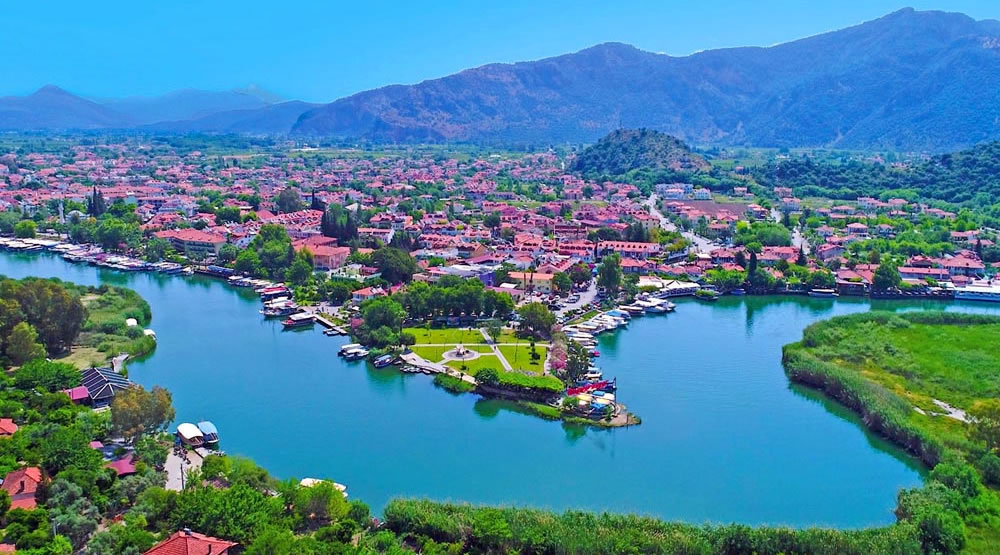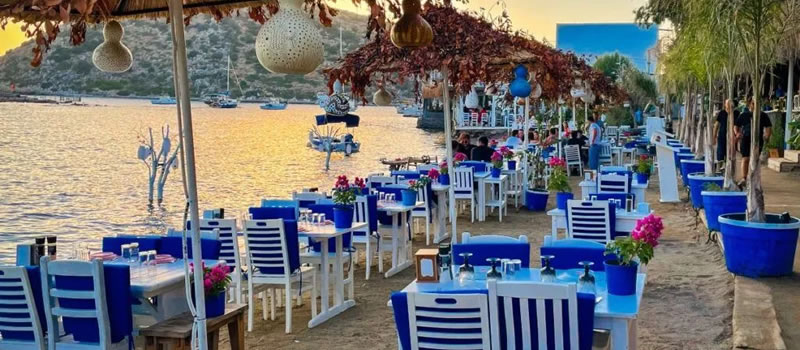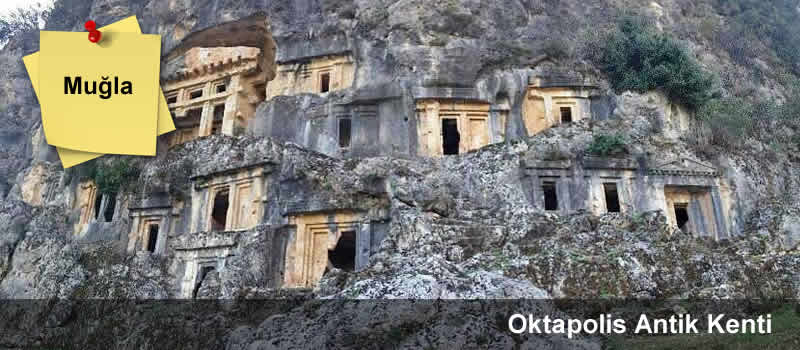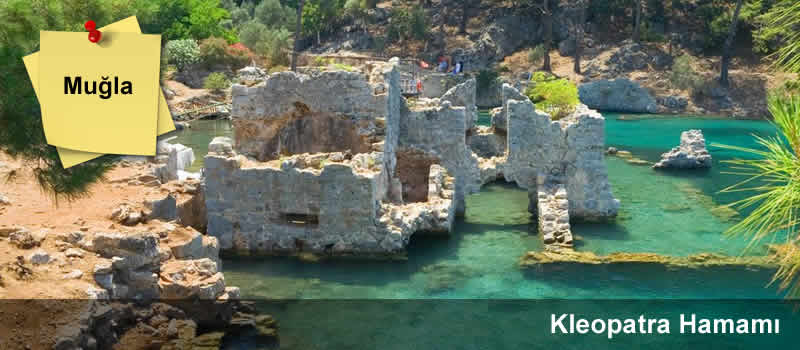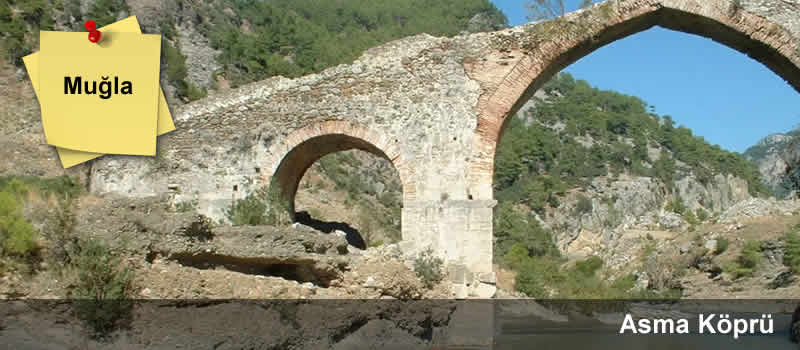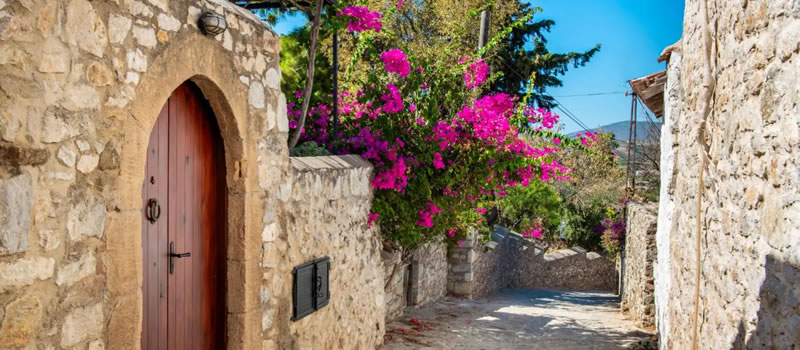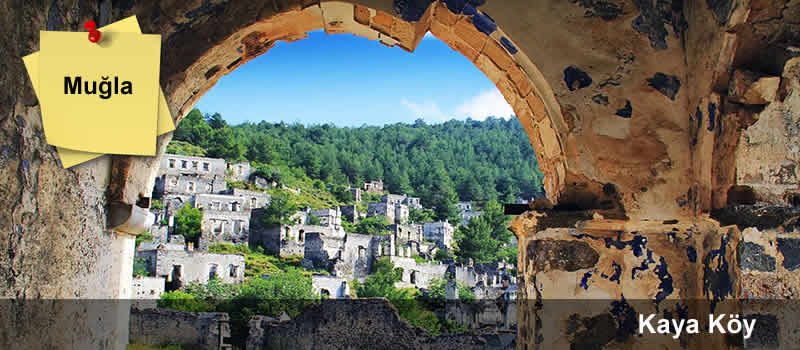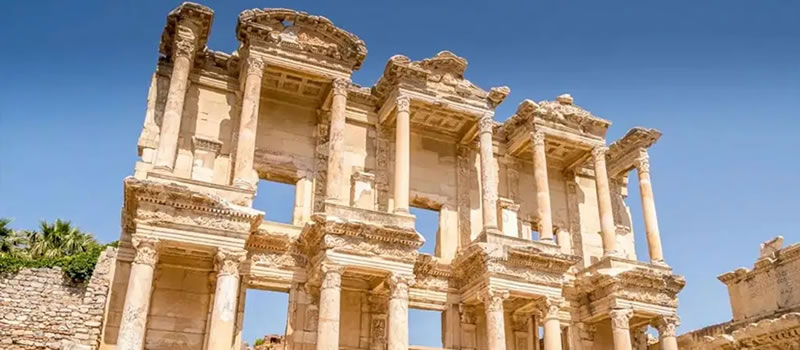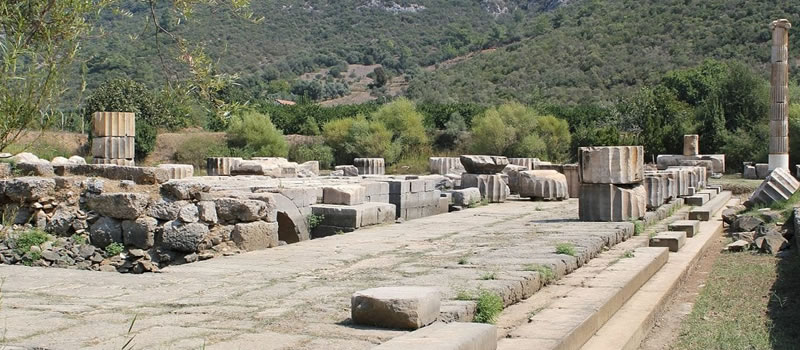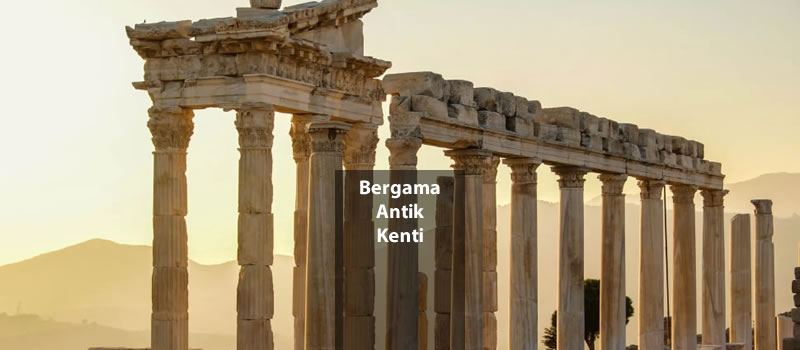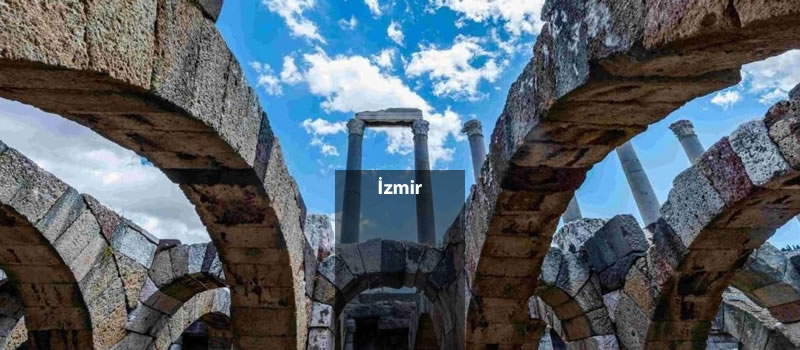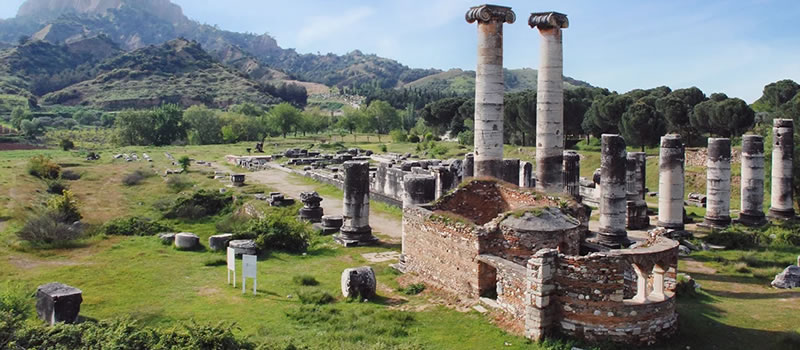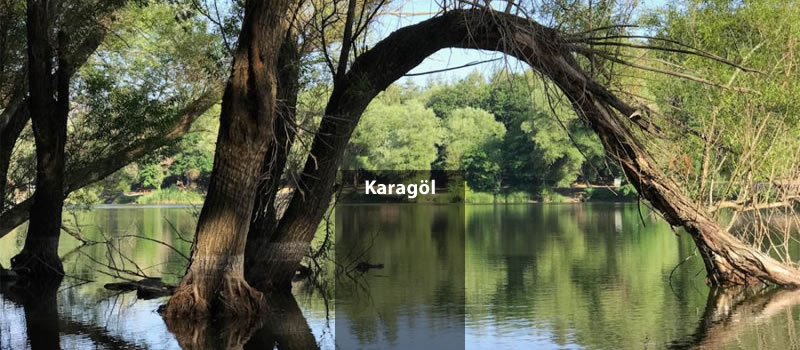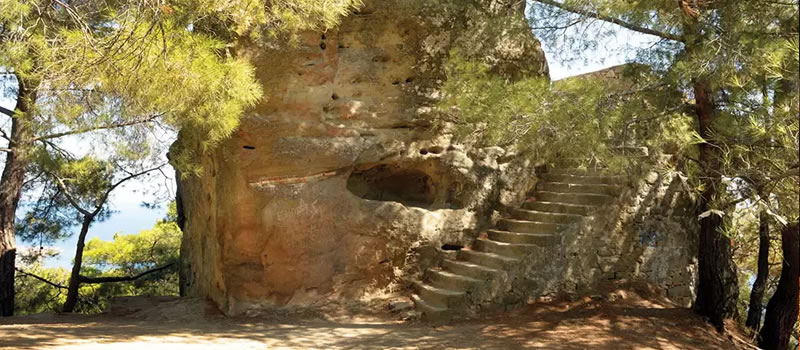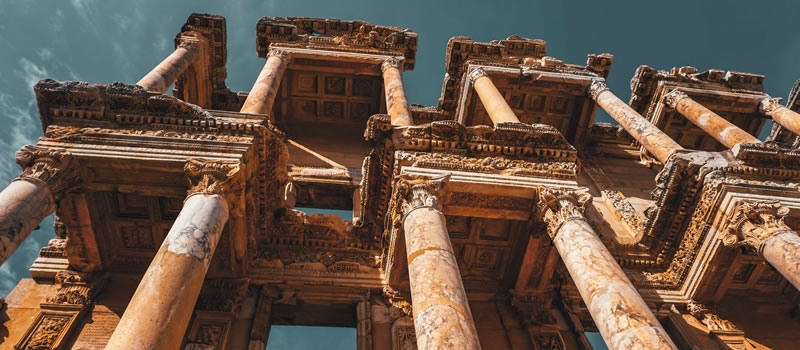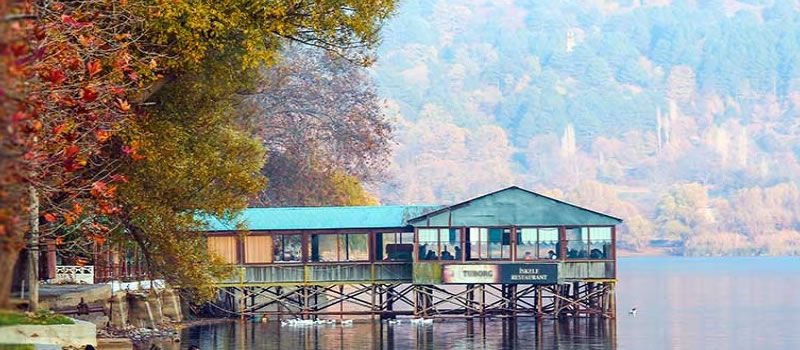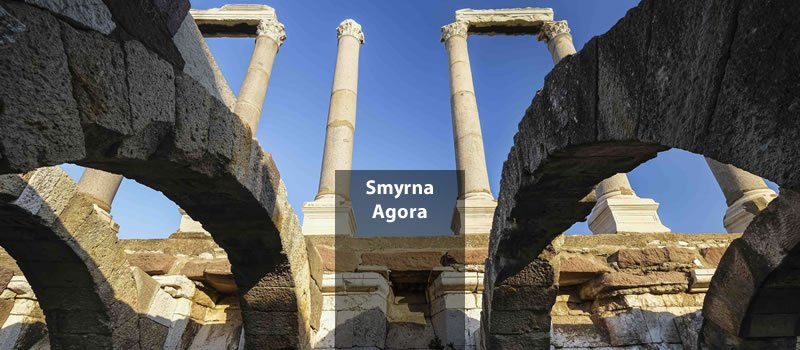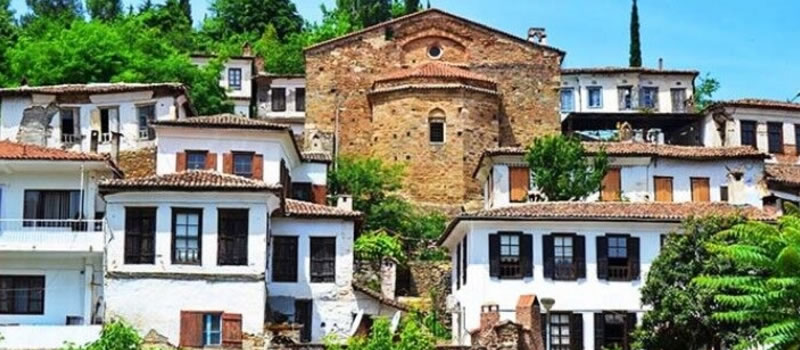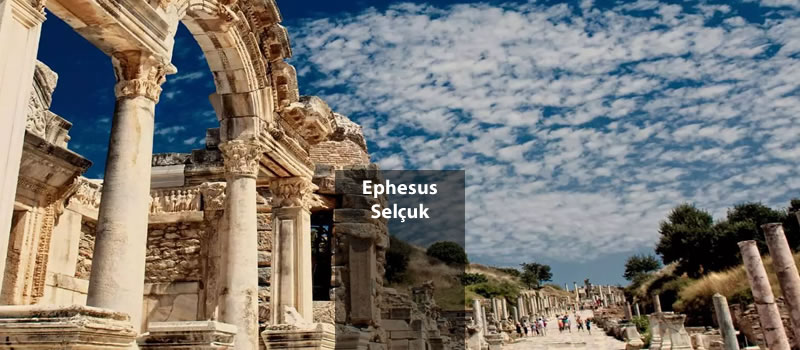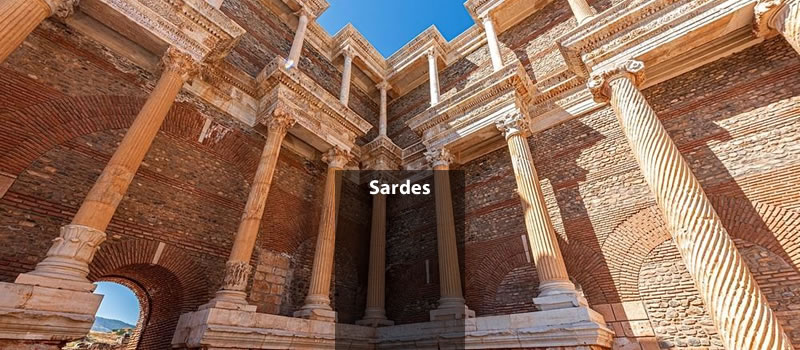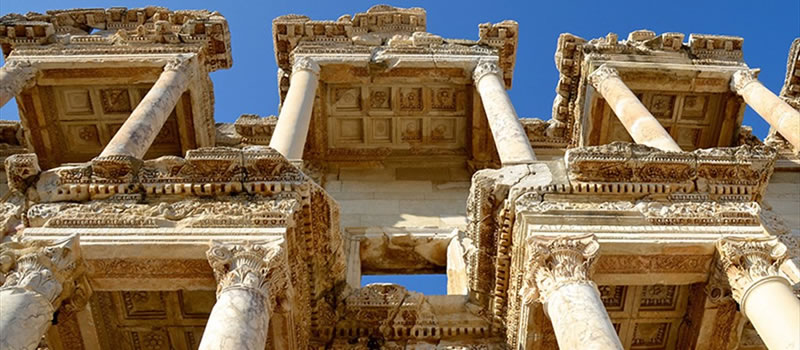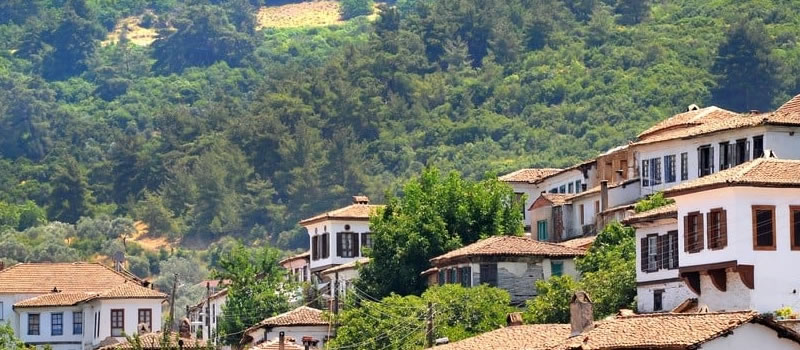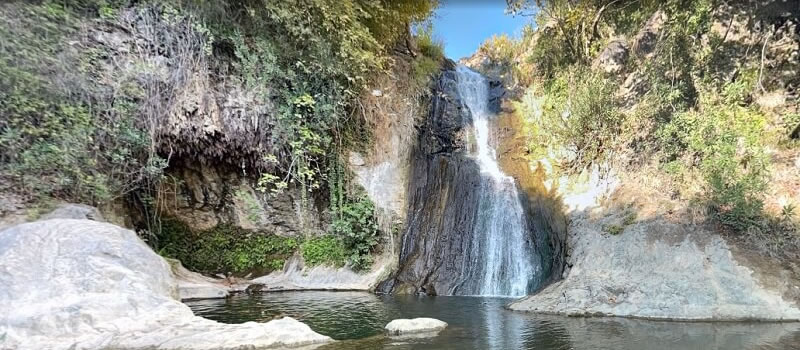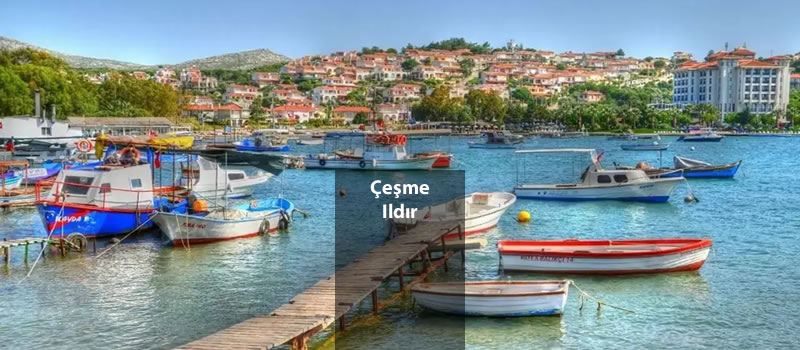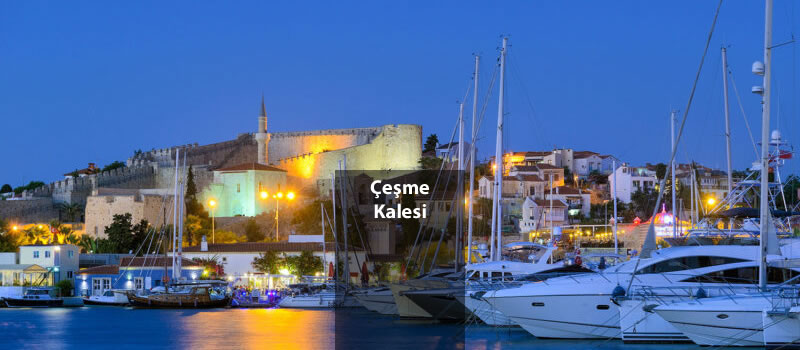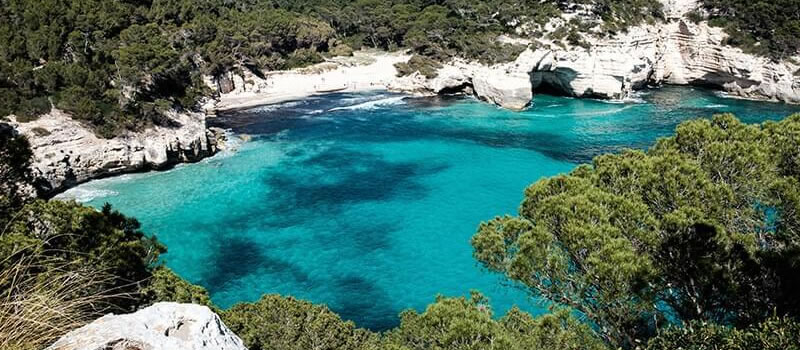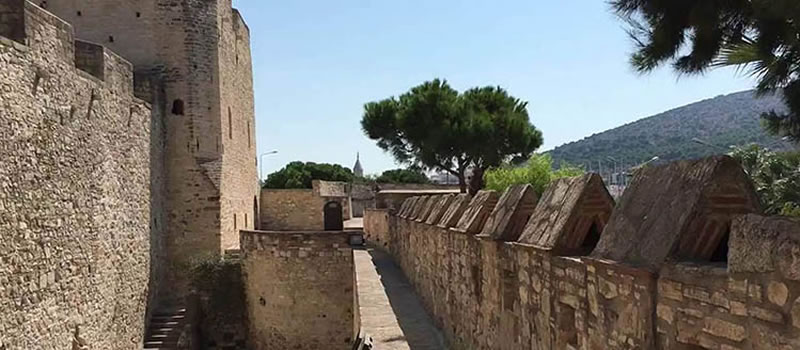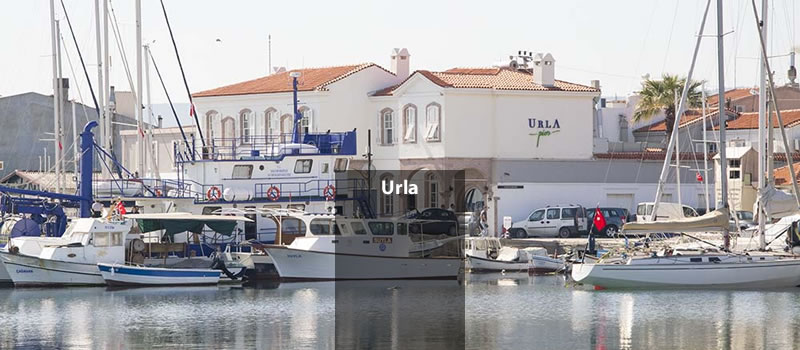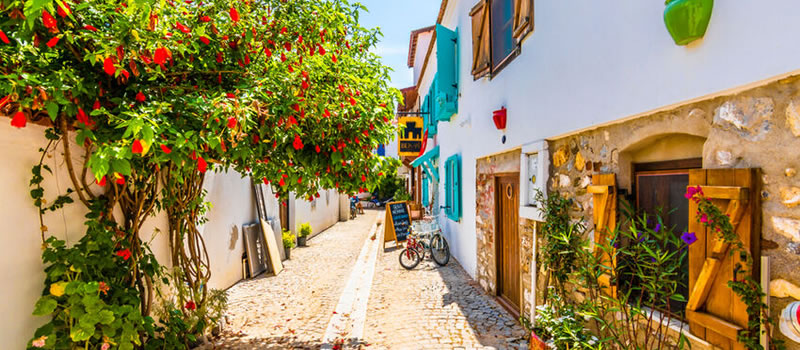Kaunos Ancient City Where Mythology and History Meet
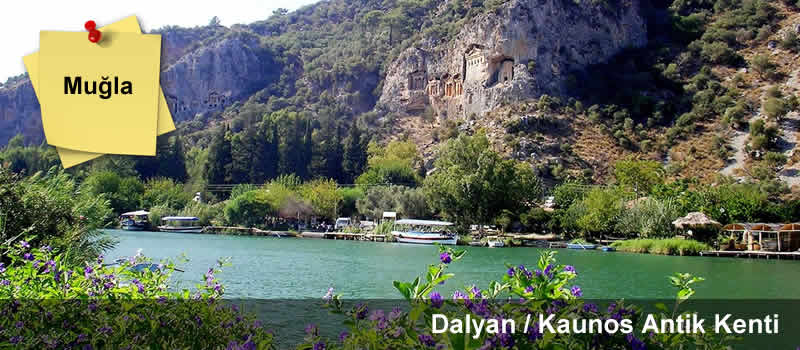
Located within the borders of Köyceğiz, near Dalyan in Muğla, Turkey, Kaunos Ancient City, also known as Kbid, is a unique archaeological site of both historical and mythological significance. This ancient city, founded on the border of Caria and Lycia according to legend by Kaunos, one of the twin children of Miletos, has been home to various civilizations throughout history and remains a captivating destination for history enthusiasts today.
The foundation of Kaunos Ancient City is rooted in ancient mythology. According to Greek mythology, Kaunos was one of the twin children of Miletos, who was the son of the sea god Poseidon. Kaunos founded his city at the border of Caria and Lycia after fleeing from his sister Byblis's inappropriate love for him. This mythological story represents the romantic and tragic beginnings of Kaunos.
The history of Kaunos Ancient City dates back to the 10th century BC. The city developed as one of the important cities of the Caria region and played a significant role in trade and military due to its strategic location between Caria and Lycia. Over time, Kaunos came under the rule of the Persian Empire, Alexander the Great, the Roman Empire, and the Byzantine Empire.
During the Persian rule, Kaunos became an important trade center. Thanks to its ports, Kaunos played a key role in the distribution of commercial goods, making it a crucial stop on the Mediterranean trade routes.
Kaunos Ancient City is renowned for its rich archaeological remains. Excavations in the city have unearthed many significant structures from the ancient period, including a theater, agora, bath, temples, and rock tombs.
Kaunos Theater is a beautiful example of classical ancient theater architecture. With a capacity of about 5000 people, it hosted important theatrical performances and events in ancient times. The theater is located on a hillside with a sea view, offering visitors a stunning panorama.
The Agora, the center of Kaunos's commercial and social life, is surrounded by various shops, stoas, and public areas. The Agora served as the heart of the city's economic activities.
The remains of Roman period baths are an important part of the city's social life. The baths, as part of Roman culture, were used for both cleanliness and social interaction.
The temples in Kaunos were central to the city's religious life. The temple dedicated to the god Apollo was a significant place of worship in ancient times. The remains of the temple reveal areas where religious ceremonies and rituals were held.
The rock tombs, one of the iconic structures of Kaunos, reflect the architectural style unique to the Lycian culture. These tombs, carved into high cliffs, were used as graves for nobles and important figures in ancient times. These tombs offer visitors a mesmerizing view and showcase the riches of the ancient period.
Kaunos Ancient City is known not only for its historical structures but also for its natural beauty. Located across from the Dalyan Strait, this area is famous for its stunning natural landscapes. The Dalyan River flows near the city, and boat tours along this river offer visitors the opportunity to explore both historical and natural wonders.
Today, Kaunos Ancient City stands out as one of Turkey's important tourist regions. Thanks to archaeological excavations and restoration works, the city has revealed many structures from ancient times, making it an attractive destination for history and archaeology enthusiasts. Additionally, the area's natural beauty and ecological diversity make it an ideal spot for nature lovers.
Kaunos Ancient City is a unique place where history, mythology, and nature blend together. With its mythological origins, rich history, and magnificent archaeological remains, Kaunos offers visitors an unforgettable experience. Located within the borders of Dalyan and Köyceğiz in Muğla, this ancient city is an important part of Turkey's cultural heritage and holds countless stories waiting to be discovered. Kaunos is an open-air museum that carries the traces of the past to the present and offers a new discovery at every step.
Mythological Origins
The foundation of Kaunos Ancient City is rooted in ancient mythology. According to Greek mythology, Kaunos was one of the twin children of Miletos, who was the son of the sea god Poseidon. Kaunos founded his city at the border of Caria and Lycia after fleeing from his sister Byblis's inappropriate love for him. This mythological story represents the romantic and tragic beginnings of Kaunos.
Historical Background
The history of Kaunos Ancient City dates back to the 10th century BC. The city developed as one of the important cities of the Caria region and played a significant role in trade and military due to its strategic location between Caria and Lycia. Over time, Kaunos came under the rule of the Persian Empire, Alexander the Great, the Roman Empire, and the Byzantine Empire.
During the Persian rule, Kaunos became an important trade center. Thanks to its ports, Kaunos played a key role in the distribution of commercial goods, making it a crucial stop on the Mediterranean trade routes.
Archaeological Findings and Structures
Kaunos Ancient City is renowned for its rich archaeological remains. Excavations in the city have unearthed many significant structures from the ancient period, including a theater, agora, bath, temples, and rock tombs.
Theater:
Kaunos Theater is a beautiful example of classical ancient theater architecture. With a capacity of about 5000 people, it hosted important theatrical performances and events in ancient times. The theater is located on a hillside with a sea view, offering visitors a stunning panorama.
Agora:
The Agora, the center of Kaunos's commercial and social life, is surrounded by various shops, stoas, and public areas. The Agora served as the heart of the city's economic activities.
Bath:
The remains of Roman period baths are an important part of the city's social life. The baths, as part of Roman culture, were used for both cleanliness and social interaction.
Temples:
The temples in Kaunos were central to the city's religious life. The temple dedicated to the god Apollo was a significant place of worship in ancient times. The remains of the temple reveal areas where religious ceremonies and rituals were held.
Rock Tombs:
The rock tombs, one of the iconic structures of Kaunos, reflect the architectural style unique to the Lycian culture. These tombs, carved into high cliffs, were used as graves for nobles and important figures in ancient times. These tombs offer visitors a mesmerizing view and showcase the riches of the ancient period.
Natural Beauty and Environmental Features
Kaunos Ancient City is known not only for its historical structures but also for its natural beauty. Located across from the Dalyan Strait, this area is famous for its stunning natural landscapes. The Dalyan River flows near the city, and boat tours along this river offer visitors the opportunity to explore both historical and natural wonders.
Kaunos's Significance Today
Today, Kaunos Ancient City stands out as one of Turkey's important tourist regions. Thanks to archaeological excavations and restoration works, the city has revealed many structures from ancient times, making it an attractive destination for history and archaeology enthusiasts. Additionally, the area's natural beauty and ecological diversity make it an ideal spot for nature lovers.
Conclusion
Kaunos Ancient City is a unique place where history, mythology, and nature blend together. With its mythological origins, rich history, and magnificent archaeological remains, Kaunos offers visitors an unforgettable experience. Located within the borders of Dalyan and Köyceğiz in Muğla, this ancient city is an important part of Turkey's cultural heritage and holds countless stories waiting to be discovered. Kaunos is an open-air museum that carries the traces of the past to the present and offers a new discovery at every step.


